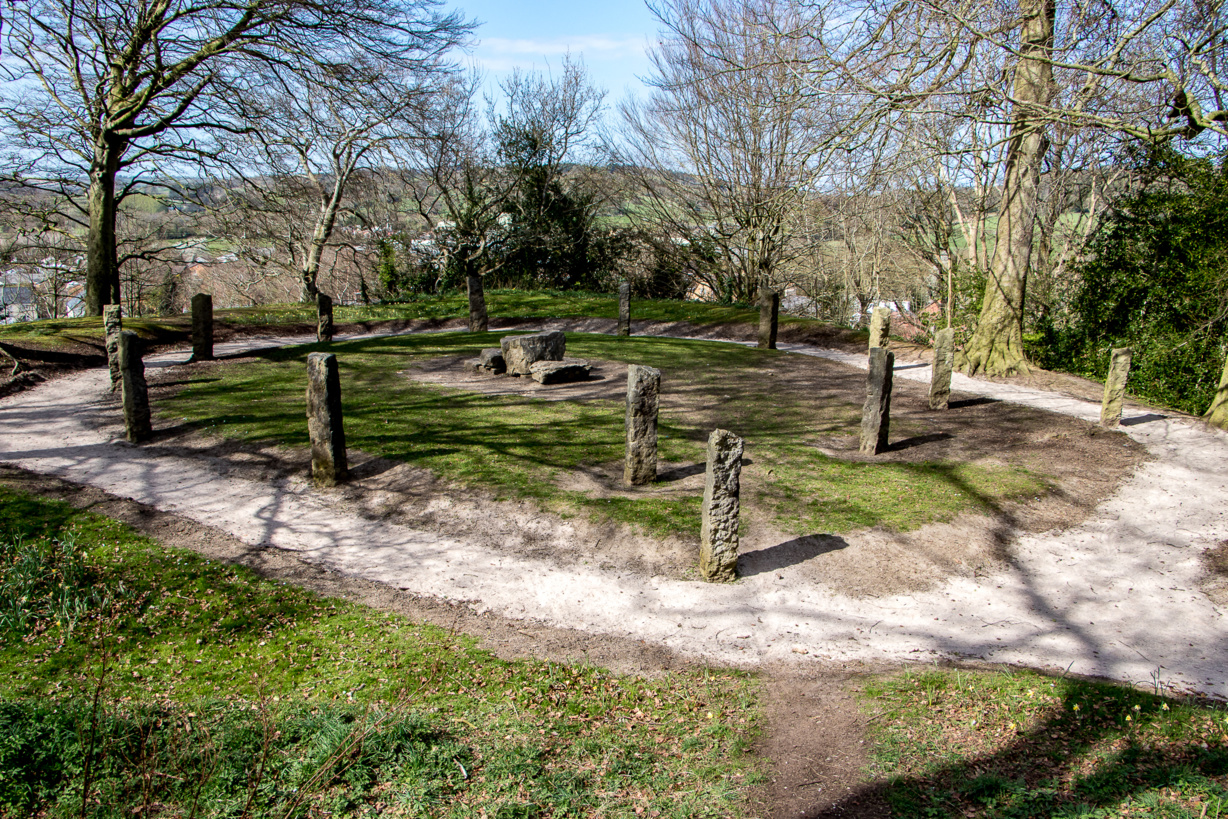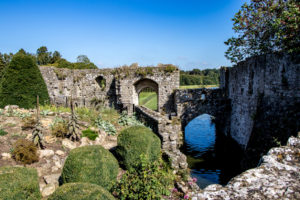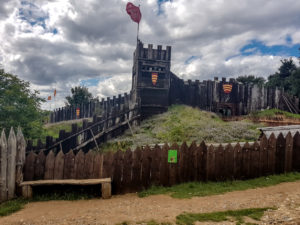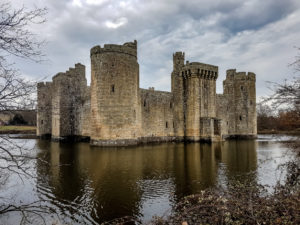Mold Castle, on Bailey Hill in the town of Mold, Flintshire, Northeast Wales.
Mold Castle was built upon an existing earthwork. A motte and bailey fortress was erected c. 1072 – possibly by Robert de Montalt, a descendant of Eustace De Monte Alto, a Norman warrior in the service of Hugh Lupus, Earl of Chester. This family originated in Monthault, Ille-et-Vilaine, in the Duchy of Brittany, not then part of France, but it has been proposed that they took their name from ‘mont haut’, meaning ‘high hill’, and associated it with this earthwork.
This name may have become corrupted, down the years, until it became ‘Mold’. So Bailey Hill may have given the town its name. In 1146 it was captured by Owain Gwynedd. It switched hands on several occasions before a long period under Welsh control during the reign of Llywelyn ab Iorwerth. It remained a defensive structure up until the 13th century. During the English Civil War, Mold was captured by the Parliamentarians, recovered by the Royalists, and fell again to Cromwell’s forces.







